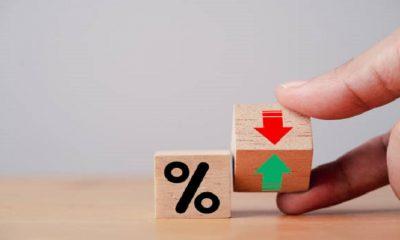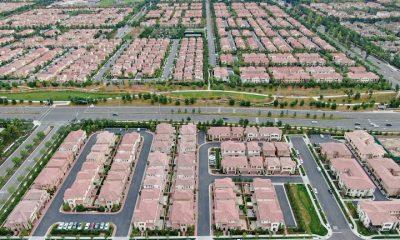News
South Africa’s Property Market Under Pressure: How Debt and Rising Costs Are Reshaping Homeownership

Owning a home has always been part of the South African dream. But for many families in 2025, that dream feels further out of reach than ever. Despite lower interest rates, consumers remain weighed down by personal loans, payday loans, and rising household costs, all of which are quietly reshaping the country’s property landscape.
Borrowing to Survive, Not to Invest
The Q2 2025 Debt Index released by DebtBusters paints a sobering picture: nearly 95% of South Africans who applied for debt counselling this year had personal loans, while over half had payday loans. These high-interest debts, often charging between 23% and 25% annually, eat into disposable income that could otherwise go toward saving for a deposit or paying off a home loan.
DebtBusters’ executive head, Benay Sager, explained it bluntly: “A lot of consumer income is swallowed by really expensive loans. That leaves far less room for investing in property.”
For middle-class households, this shift has been particularly stark. Where once home loans accounted for a larger share of total debt, today many South Africans’ financial portfolios are dominated by short-term loans just to cover daily living costs.
Who Can Still Afford to Buy?
Property ownership in South Africa has increasingly become a marker of income inequality. DebtBusters’ research shows:
-
For those earning R20,000+, about 22% of their debt is tied to property.
-
For earners below R10,000, only 6% of debt is property-related.
-
For top earners taking home R35,000+, that figure rises to 38%.
In simple terms: the more you earn, the more likely you are to carry a bond. For those at the lower end of the income spectrum, homeownership has slipped almost entirely out of reach.
A Market That Keeps Moving
Despite these financial pressures, the property market hasn’t cooled down. In fact, house prices are now rising faster than inflation. According to the FNB House Price Index, prices grew by 3.7% year-on-year in July, with sectional title homes edging slightly ahead of freestanding houses for the first time since the pandemic.
Property experts say this reflects a shift in lifestyle and affordability trends. Sectional title unitslike townhouses and apartments are generally more affordable, easier to maintain, and better suited to South Africans squeezed by rising utility costs and stagnant salaries.
But the broader reality remains harsh: the “overwhelming majority” of households are still priced out of the market, says Renier Kriek of Sentinel Homes.
Why This Strain Runs Deeper Than Interest Rates
Interest rate cuts have brought some relief, and government employees in particular have accessed consolidation loans or dipped into the new two-pot retirement system for financial breathing space. But the root problem lies elsewhere:
-
Regulated costs like electricity and municipal rates continue to climb at near double-digit inflation levels.
-
Income growth has slowed sharply compared to previous decades.
-
Consumers are relying more on short-term loans for basics rather than saving for long-term investments like property.
As Sager put it: “The situation is a little better than five years ago, but still far worse than ten years ago.”
What Buyers Should Keep in Mind
For those still determined to enter the property market, Sager offers practical advice:
-
Keep total debt repayments under 30% of your take-home pay.
-
Aim to have at least 30% of income available for bond repayments before you start house hunting.
-
Choose a property range that fits your income today, not the income you hope for tomorrow.
In other words: financial discipline is more critical than ever if you want to stand a chance in today’s property climate.
The debate on social media echoes what many South Africans feel: “We’re working harder, but owning a home feels impossible.” Others point to systemic issues like wage stagnation, rising energy costs, and a property market increasingly skewed toward higher earners.
The result? A property market that is growing, but leaving more people behind.
South Africa’s property story in 2025 isn’t just about interest rates or price growth. It’s about a widening affordability gap that mirrors the broader economic challenges South Africans face daily. Until household debt levels fall and incomes rise meaningfully, the dream of homeownership will remain a privilege for the few, not the many.
{Source: IOL}
Follow Joburg ETC on Facebook, Twitter , TikTok and Instagram
For more News in Johannesburg, visit joburgetc.com



























